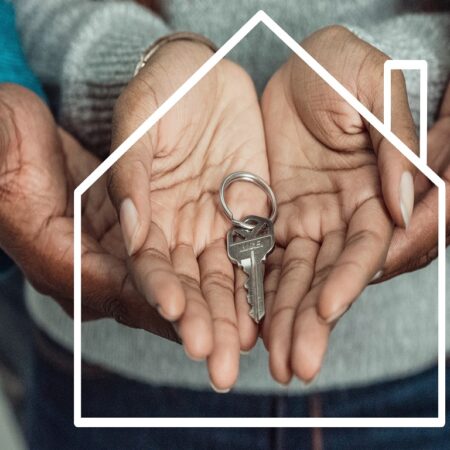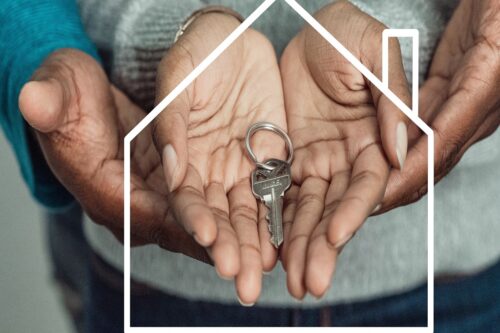Debt consolidation is a great financial strategy for people struggling with credit card debt. It merges multiple bill payments into a single payment that is paid off with a debt consolidation loan or debt management plan.
Debt consolidation lowers the interest rate on your debt and brings down the monthly payments as well. This untangles the mess that people face every month trying to stay on track with multiple bills and varied deadlines from different credit card companies.
In its place what you have is a single payment once every month, to just one source.
Types of Debt Consolidation
Personal Loan
You can get a personal loan to consolidate your debts from a bank, credit union, or even a peer-to-peer lender. You could even consider borrowing money from a friend or family member. The best part about personal loans is that they are usually unsecured, which means you, as the borrower, will not have to put up any collateral. But because it is unsecured, you may have to pay a slightly higher interest rate. That said, the rate is likely lower than what you have to pay on a credit card.
Balance Transfer Credit Card
Most credit card companies offer a few balance transfer cards, where you are allowed to transfer your existing debts onto the card and pay it back during the interest-free period, which usually ranges between 12 and 18 months (and sometimes longer). There is usually a balance transfer fee that is added on to the balance. This is a great way to repay your debts, but only if you are certain that you can pay back the loan during the interest-free period. Also, you need to have a good credit score to qualify for a balance transfer card.
Home Equity Loan
If you have built up some equity in your home, you can borrow against it. Typically, lenders allow you to borrow up to 80% of the equity you have. So, if you have $100,000 in equity, you may be able to borrow about $80,000. But you will have to pay back the loan. Because home equity loans are secured, you pay a lower rate of interest on the borrowed sum.











